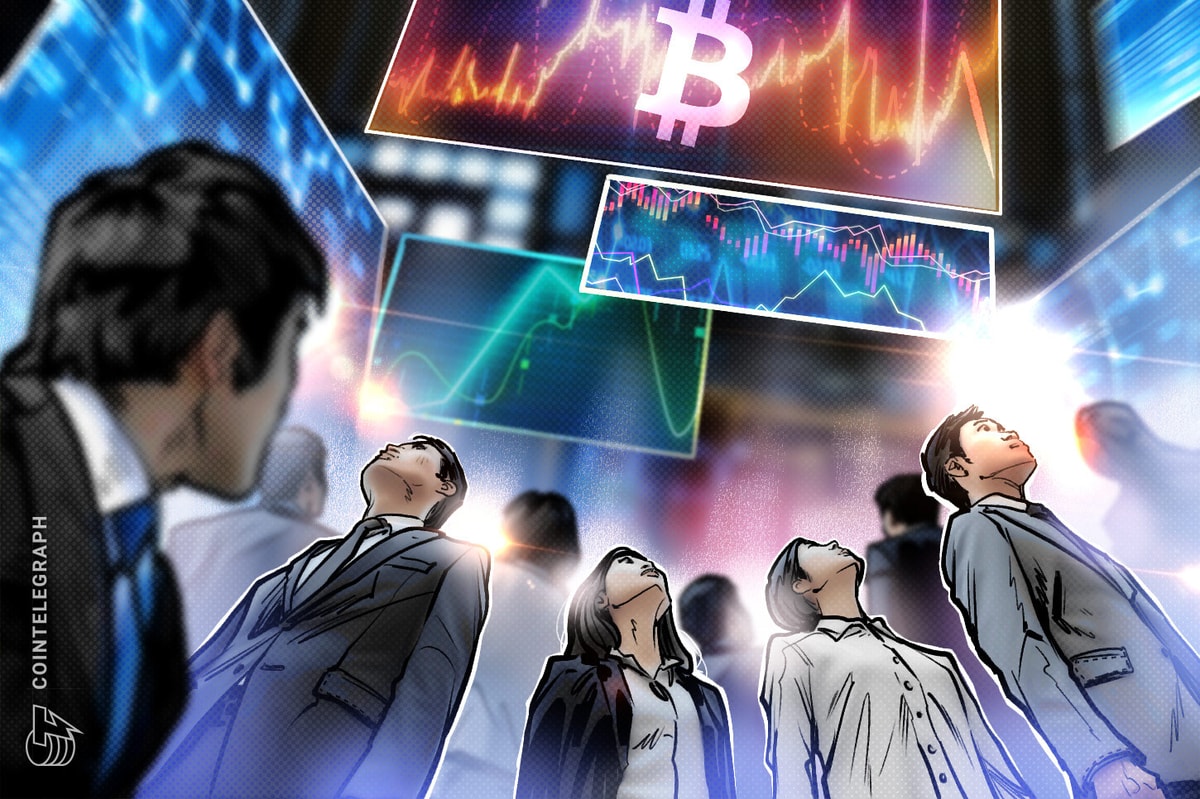The Bitcoin (BTC) price has fallen 6.5% over the past seven days, and the decline continued on September 3rd, with the DOW down 1.2%. The S&P 500 fell 1.3%, and the Nasdaq Composite fell 1.8% over the same period. Some traders attribute the decline to the Bank of Japan (BoJ) statement, saying it is reigniting recession concerns about the health of the global economy.
BTC/USD hourly chart. Source: TradingView
Markets fell again on Tuesday, September 3, after the Bank of Japan signaled further interest rate hikes, according to Bloomberg.
In a document submitted to a government committee chaired by former Prime Minister Fumio Kishida, Bank of Japan Governor Kazuo Ueda outlined the central bank’s July policy decision, reiterating that regulators would continue to raise interest rates if the economy and prices recovered as expected.
The yen strengthened against the greenback following the comments, with USD/JPY briefly reaching 145.1, down from a high of 147.2 on September 2. Bitcoin (BTC) lost $1,700 in the first two hours after Wall Street opened on September 3, hitting an intraday low of $57,556, according to data from Cointelegraph Markets Pro and TradingView.
This reminded market participants of the incident in late July when the Bank of Japan raised its benchmark borrowing cost, unleashing the yen carry trade and destabilizing risky assets including Bitcoin.
The unwinding of the yen carry trade shook global markets early last month, which partially contributed to BTC’s drop to $49,577 on August 5.
Retail demand for Bitcoin is plummeting.
Bitcoin has been out of favor with investors since it fell from its all-time high of $73,835, and retail demand remains lacking.
Popular crypto YouTuber Lark Davis wrote in an August 31 post that “retail demand for $BTC is virtually nonexistent,” a claim he made based on the monthly average change in Bitcoin demand. According to a chart shared by Davis, interest in Bitcoin among retail investors has remained low since May 2024, signaling a lack of demand for BTC.
“Everyone wanted to buy Bitcoin at $73,000, but no one wanted to buy it at $59,000.” Source: Lark Davis
This is also supported by data from GoogleTrends, which shows that Google search interest for the term “Bitcoin” fell to its lowest level in 12 months in August.
Since June 2021, global search interest for this term has remained below 50 out of 100, before briefly jumping to 40 in March 2024.
Interest in “Bitcoin” remains below 50. Source: Google Trends
All bull rallies are usually driven by increased demand from retail investors, often characterized by high speculation and fear of missing out. While institutions typically execute larger Bitcoin trades, many analysts and traders believe that a major price rally in BTC price cannot begin until retail interest surges.
Despite its shortcomings, Bitcoin is currently valued quite highly.
Despite the mixed performance since hitting a record high on March 14, BTC is still in a wide range between $50,000 and $70,000. Despite this range-bound price action, Bitcoin is still fairly valued, as observed by on-chain analyst Root.
Bitcoin’s fair value represents the intrinsic value of the pioneering cryptocurrency based on basic economic fundamentals.
source: root
The analyst chart shows that the Bitcoin spot price is hovering around fair value, suggesting that BTC is at fair value.
Meanwhile, VanEck, a New York-based asset management firm, remains bullish on Bitcoin’s future. The firm has set ambitious targets for Bitcoin’s price, saying it could reach $2.9 million by 2050, with a best-case scenario of $52.38 million.
This article does not contain any investment advice or recommendations. All investment and trading moves involve risk, and readers should conduct their own research when making decisions.

